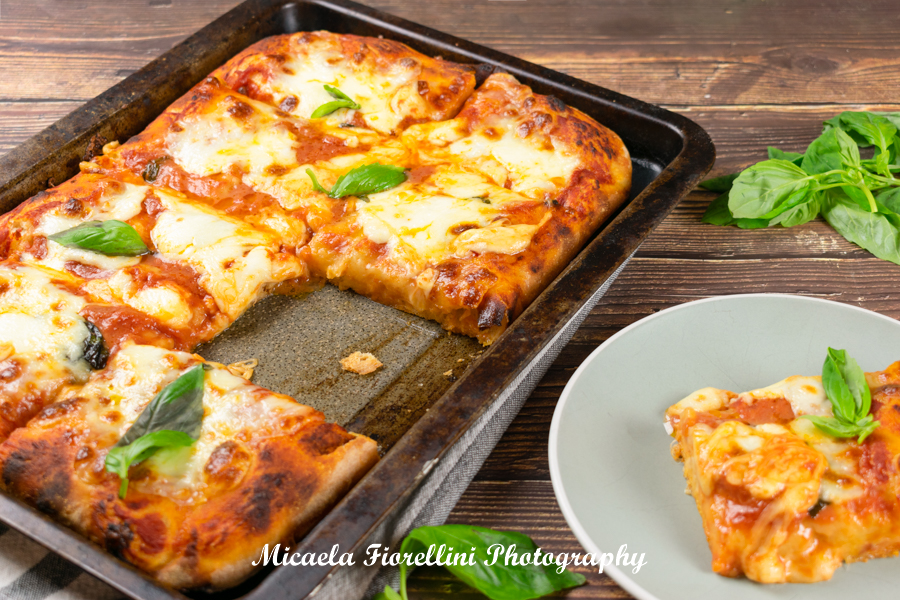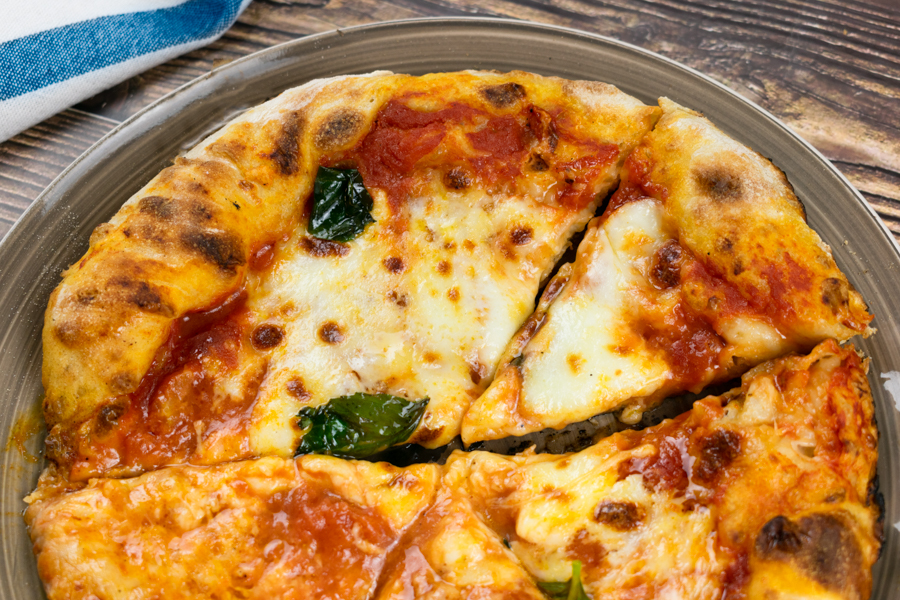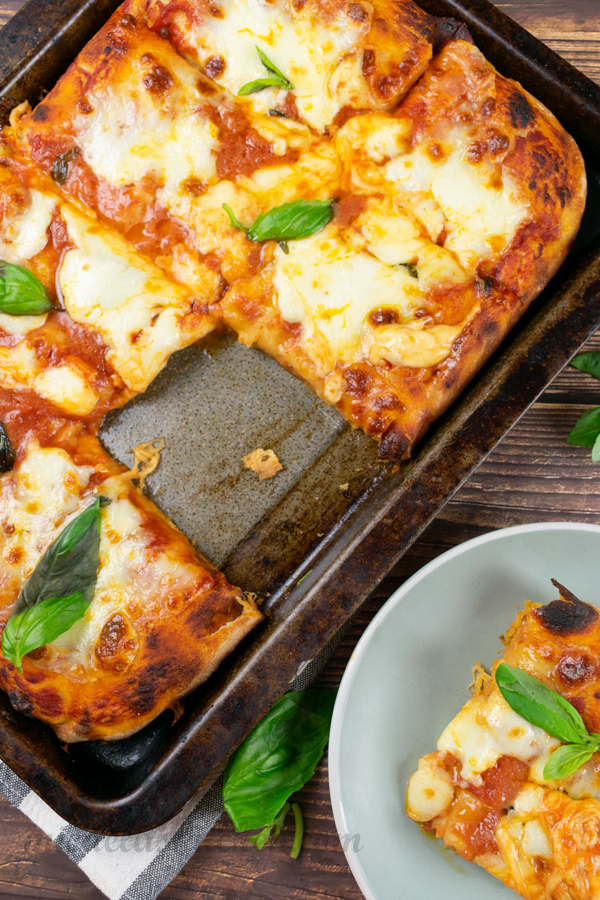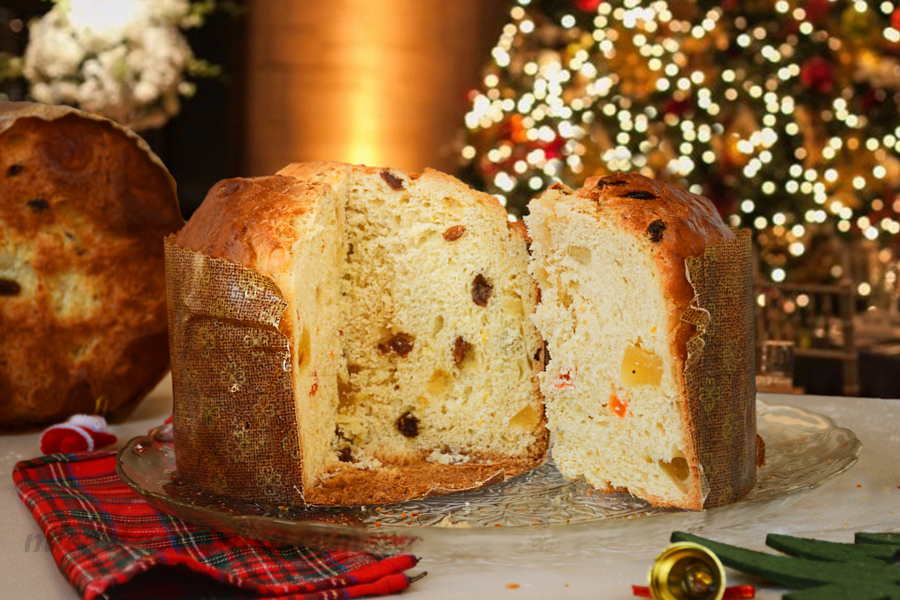What Is The Best Flour For Pizza? Pizza is a simple yet enjoyable meal to prepare at home, but choosing the proper flour is a key factor for success. Here are the tips from Italian Pizza Chefs.
The selection of flour for pizza is a critical step toward achieving the perfect dough and, ultimately, a tasty and aromatic finished product. However, with the numerous flour options available, determining the best choice can often be challenging. The flour selected will depend on factors like personal taste preferences and the type of pizza being made. This article aims to provide guidance on selecting flour for homemade pizza by outlining considerations shared by Italian pizza chefs. Their insights can help the home chef make a more informed decision when browsing flour options at the grocery store. Some key aspects to bear in mind include the flour’s protein content and how it affects texture, as well as common flour varieties used in pizza dough recipes. Following these suggestions should aid in choosing the right flour for achieving high-quality results.
You may find the following Pizza Recipes of interest:
Choosing Flour for Pizza
When choosing flour for preparing pizza, it is important to understand how flour is classified based on its strength (W), which refers to the ability to absorb liquids during dough formation and retain carbon dioxide during leavening. Generally, professional pizza makers prefer flours with higher strength values, as they are better able to maintain the gluten network during dough block resting. There are several aspects of the preparation process to consider when making a choice suitable for the recipe, and often stronger flours provide a good compromise.
- The type of dough, whether hand-worked or mixed mechanically, almost always follows two processing phases – direct mixing uses all ingredients at once while indirect mixing uses a pre-dough.
- When making dough, you should factor in the hydration level, which is the ratio of water to other ingredients, as it impacts consistency. It’s crucial to select a flour that can hold the desired water content effectively.
- During dough resting, yeasts cause gluten degradation – for long-rising products, strong flours better maintain consistency of the gluten network.
Flour Strength Classification
The W index measures flour strength by indicating its protein content and gluten strength. Although the packaging may not list W measurement, you can gauge the strength by looking at the protein content instead. Flours with higher protein levels will have greater strength. When making homemade pizza dough, experts suggest using flour with a W index ranging from 170 to 220. This range generally corresponds to a protein content of 10.5-11%, providing sufficient gluten strength for pizza baking.

What Are the Best Flours for Pizza?
There is no single flour that is best for pizza, as the choice depends on several factors of your homemade pizza process. Consider the type of dough you plan to make and how long it will rise. Some of the most commonly used flours that can produce an elastic dough with good structure and hydration through leavening include:
- Flour 0 – Flour Type 0 contains more gluten than Type 00 flour because it is less refined. Type 00 flour originates from the central part of the wheat grain, resulting in lower protein, mineral, and fiber content than Type 0 flour. While you can use Type 00 flour for pizza in a pan, the dough will need an extended rising period and an additional knead following the initial rise. The extra gluten in Type 0 flour makes it well-suited for creating an elastic and consistent dough.
- Manitoba – Manitoba flour is a soft wheat flour originating from Canada. It is highly valued for preparing leavened baked goods, as it produces an elastic and strong dough. This is due to Manitoba flour’s high soluble and insoluble protein content.
- Durum wheat flour – Wheat semolina flour is a popular choice for pizza makers due to its composition and effects during preparation. With a grainier texture and amber yellow hue, semolina flour contains a high gluten content, which allows for extended rising times.

Wholemeal Flours For Pizza
Wholemeal flour has a high nutritional content due to the presence of wheat germ and bran. However, the dough obtained from wholemeal flour could be less elastic and have less effective leavening despite its higher protein content. Therefore, it is recommended to mix two parts of wholemeal flour with one part of strong flour (such as Manitoba or type 0 flour).
Flours Made From Other Cereals
Kamut, triticale, and spelt flours contain high protein levels, ideal for gluten development during leavening. On the other hand, risciola, rye, verna, and tritordeum flours have lower protein content and are best combined with higher protein flours. Barley and oat flours, with their minimal protein content, do not facilitate gluten development and are not typically recommended.
Gluten-free Flours For Pizza
Buckwheat, corn, millet, rice, quinoa, soy, amaranth and legume flours are gluten-free and suitable for individuals with gluten intolerance or celiac disease. While these flours alone may not be ideal for pizza dough, adding corn starch can help produce a workable dough. Pre-packaged gluten-free flour mixes are also commercially available.
Now it’s time to use what you’ve learned. Think about your pizza recipe and choose the best option. I’m sure your guests will love how it turns out!










